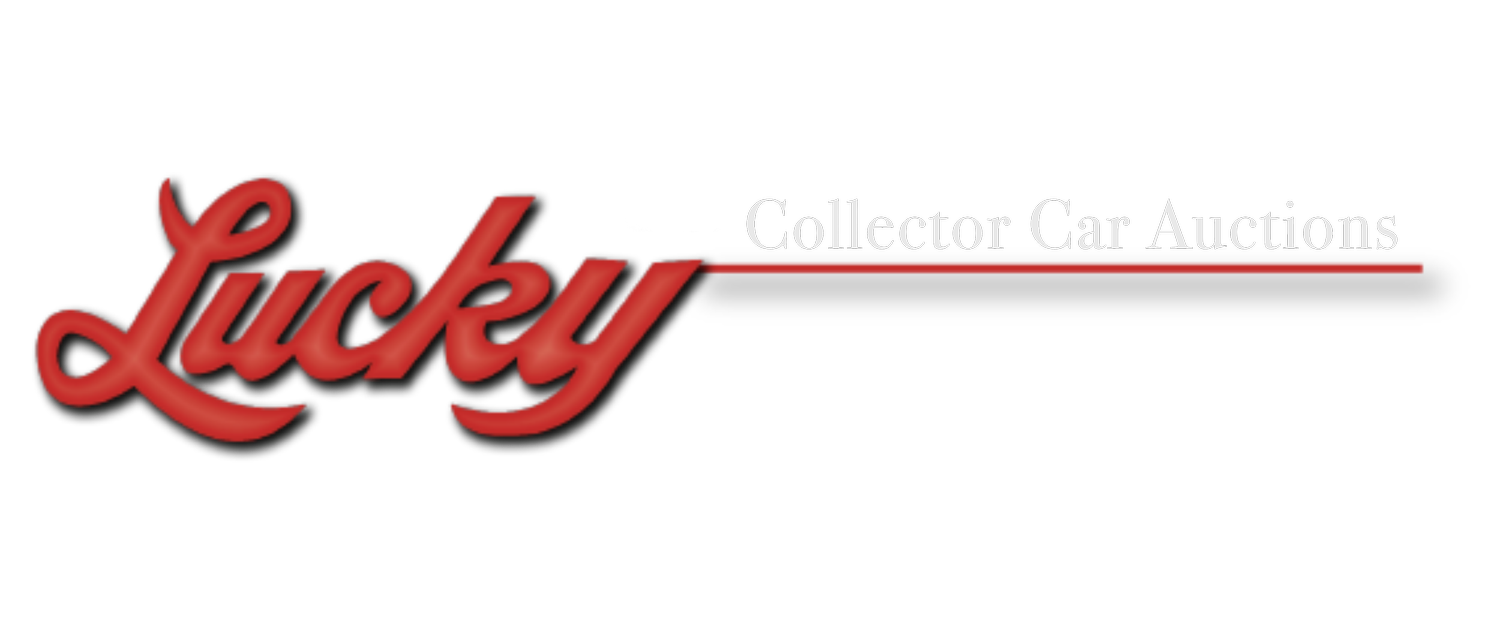 Image 1 of 28
Image 1 of 28

 Image 2 of 28
Image 2 of 28

 Image 3 of 28
Image 3 of 28

 Image 4 of 28
Image 4 of 28

 Image 5 of 28
Image 5 of 28

 Image 6 of 28
Image 6 of 28

 Image 7 of 28
Image 7 of 28

 Image 8 of 28
Image 8 of 28

 Image 9 of 28
Image 9 of 28

 Image 10 of 28
Image 10 of 28

 Image 11 of 28
Image 11 of 28

 Image 12 of 28
Image 12 of 28

 Image 13 of 28
Image 13 of 28

 Image 14 of 28
Image 14 of 28

 Image 15 of 28
Image 15 of 28

 Image 16 of 28
Image 16 of 28

 Image 17 of 28
Image 17 of 28

 Image 18 of 28
Image 18 of 28

 Image 19 of 28
Image 19 of 28

 Image 20 of 28
Image 20 of 28

 Image 21 of 28
Image 21 of 28

 Image 22 of 28
Image 22 of 28

 Image 23 of 28
Image 23 of 28

 Image 24 of 28
Image 24 of 28

 Image 25 of 28
Image 25 of 28

 Image 26 of 28
Image 26 of 28

 Image 27 of 28
Image 27 of 28

 Image 28 of 28
Image 28 of 28





























#586 - 1942 Ford Deluxe 2 Door Club Coupe *NO RESERVE*
From the LeMay - America’s Car Museum collection.
Serial No: 186839423
Odometer: 42719
Engine Cyl: V8
Engine Size: 221 cid
Engine HP: 96
Trans: Automatic
Chrome couldn't be used except on bumpers and grille because nickel and copper were on the limited-supply list. Ford answered that one by using zinc plate on trim and varnish over it. Stamped steel horn rings and some grille parts replaced diecast zinc. Hubcaps were made of stainless steel, actually a quality improvement.
After December 31, all trim had to be painted (or plastic covered) -- even if it was already chrome or stainless, this so that no make would have an advantage over another. Ford painted its trim tan. Ugly as they looked, the "blackout" models are highly collectible now for their rarity.
Of course, no aluminum could be used, so pistons were made of a cast-iron alloy. Molybdenum replaced nickel in valves, gears, and shafts, another quality improvement. The Ford's frame now stood an inch lower, and the ride was improved via longer and wider transverse springs, twin lateral stabilizers, and two-inch-wider tire treads. In the quest for more quiet, Ford engineers added large cushion rubber insulators between the body and frame and improved the engine mounts.
The front end was all-new with a bolder hood and more impressive one-piece fenders. The grille was flattened and made rectangular, with a heavy ornamental frame surrounding two sets of vertical ribs separated by a heavy bright strip down the middle. Parking lights migrated from atop the fenders to inboard of the headlights. Ford's more massive look for 1942 merely followed an industry trend started by style-leader General Motors, and which had already been evident on Chevrolets -- and Plymouths for that matter.
Part of the reason for the low production numbers for 1942 was the United States' impending entry into World War II.
From the LeMay - America’s Car Museum collection.
Serial No: 186839423
Odometer: 42719
Engine Cyl: V8
Engine Size: 221 cid
Engine HP: 96
Trans: Automatic
Chrome couldn't be used except on bumpers and grille because nickel and copper were on the limited-supply list. Ford answered that one by using zinc plate on trim and varnish over it. Stamped steel horn rings and some grille parts replaced diecast zinc. Hubcaps were made of stainless steel, actually a quality improvement.
After December 31, all trim had to be painted (or plastic covered) -- even if it was already chrome or stainless, this so that no make would have an advantage over another. Ford painted its trim tan. Ugly as they looked, the "blackout" models are highly collectible now for their rarity.
Of course, no aluminum could be used, so pistons were made of a cast-iron alloy. Molybdenum replaced nickel in valves, gears, and shafts, another quality improvement. The Ford's frame now stood an inch lower, and the ride was improved via longer and wider transverse springs, twin lateral stabilizers, and two-inch-wider tire treads. In the quest for more quiet, Ford engineers added large cushion rubber insulators between the body and frame and improved the engine mounts.
The front end was all-new with a bolder hood and more impressive one-piece fenders. The grille was flattened and made rectangular, with a heavy ornamental frame surrounding two sets of vertical ribs separated by a heavy bright strip down the middle. Parking lights migrated from atop the fenders to inboard of the headlights. Ford's more massive look for 1942 merely followed an industry trend started by style-leader General Motors, and which had already been evident on Chevrolets -- and Plymouths for that matter.
Part of the reason for the low production numbers for 1942 was the United States' impending entry into World War II.
